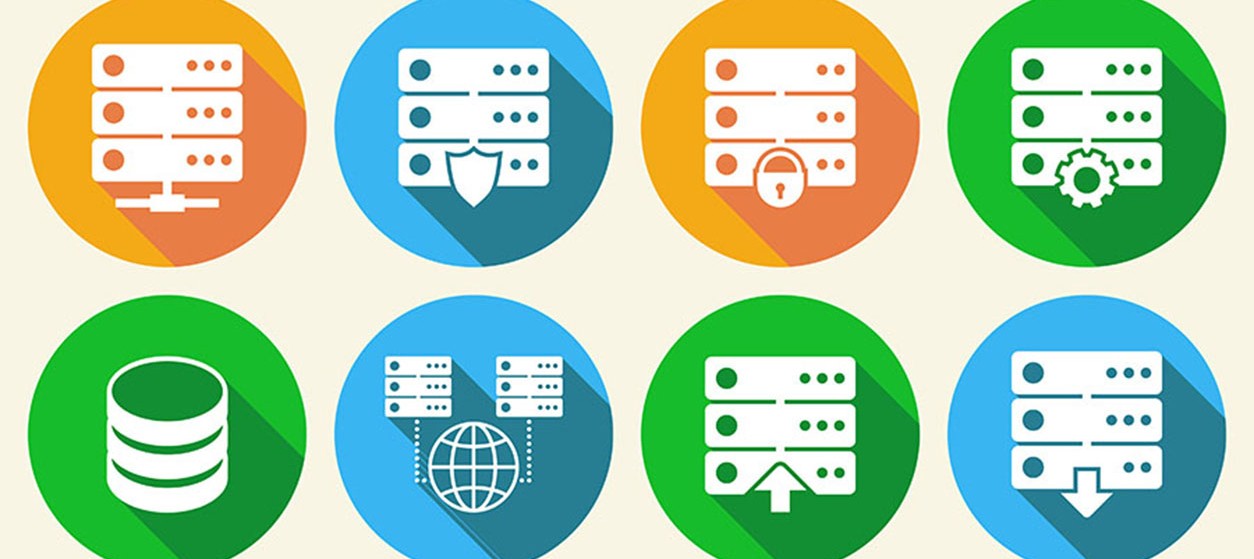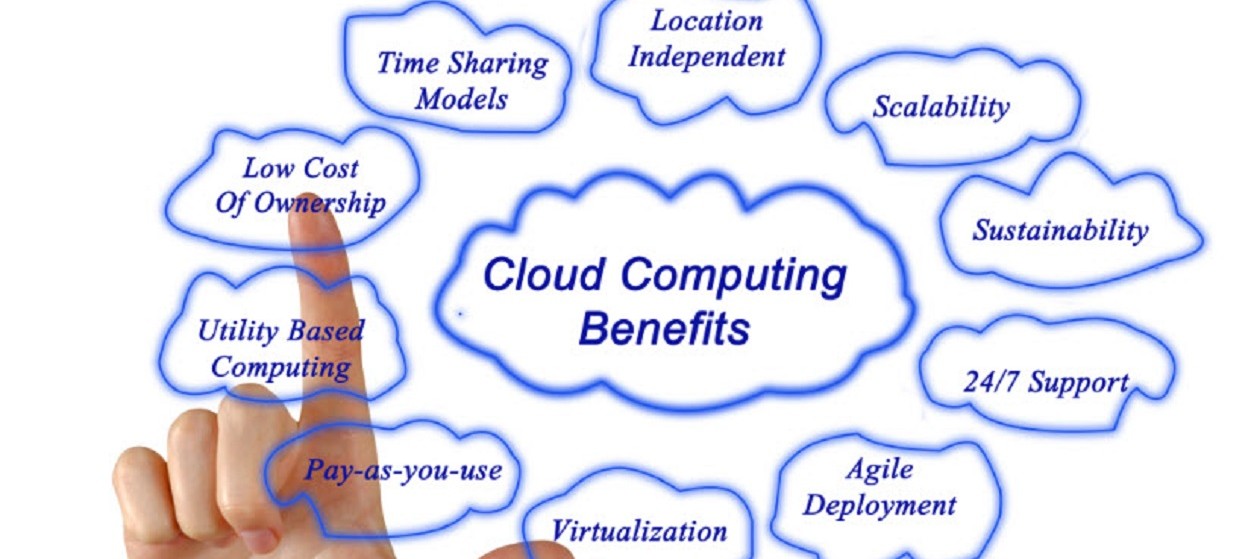Ten years ago, the introduction of cloud computing signaled a significant difference in the way the IT services were hosted, deployed and offered by businesses. In particular, the emergence of the cloud led to the gradual replacement of conventional on-premise deployments with cloud-based deployments. In several cases, this change has been described as the “disappearing data centers” trend. Nevertheless, data center technologies have evolved at a rapid pace ever since and are nowadays used to support the large-scale cloud data centers (i.e. mega data centers) which host millions of IT applications. Likewise, the Cloud Data Center market is flourishing and expected to reach $67.5 billion in the next six years (i.e. by 2023) growing at a Compound Annual Growth Rate (CAGR) of approx. 28.7% in the specified period.
Modern data centers enable businesses to be agile in accommodating different computing loads and storage needs as part of varying customer requirements. At the same time, they are built based on “green” technologies that lead to energy savings and optimal environmental performance. Moreover, future data centers will be characterized by increased flexibility and automation which will improve business performance. In order to understand the future of cloud data centers, one has to be aware of the drivers that led to their emergence as well as the main concerns faced by cloud users.
Driving Forces and Benefits
The rise and proliferation of cloud data centers have primarily been cost driven, in the sense that most of the factors that drove the adoption of cloud computing are reflected in the Total Cost of Ownership (TCO) of the company’s computing infrastructure. Moreover, cloud-based models offer increased flexibility which is highly demanded by companies that need to cope with occasional surges in demand for computing resources and they also cater to the start-ups who want to pay for computing infrastructure as they grow. Overall, cloud adoption has been driven by the following factors:
- Conversion of CAPEX to OPEX: Traditional on-premise computing infrastructures required enterprises to build data centers in-line with their projected needs. The latter was always hard to predict which led to overprovisioning of resources based on significant Capital Expenses (CAPEX). In the cloud era, enterprises can pay exactly for what they use based on regularly (e.g., monthly or annual) issued bills. In this way, cloud computing coverts CAPEX to Operational Expenses (OPEX). This provides enterprises with a flexible cost structure even though it does not always lead to an optimal TCO.
- Quality of Service: In a cloud environment, enterprises benefit from the virtually unlimited scalability and capacity of the cloud in terms of storage and computing resources. This leads in most cases to a much better quality of service than conventional on-premise deployments.
- Elasticity and Automation: Cloud computing infrastructures are characterized by elasticity which allows them to seamlessly scale up or down according to customer needs. Hence, enterprises gain access to more resources in times of high demand. At the same time, they avoid charges for resources that they do not use as cloud infrastructures scale down in times of low demand. State of the art cloud infrastructures provide simple and automatic processes both for scaling up and for scaling down the resources used.
- Direct Reduction of Costs: There are several business scenarios where the migration to the cloud leads to direct cost savings as a result of better utilization of resources or even economies of scale. For example, companies that use hundreds of licenses of an application can achieve significant cost reduction when accessing this application on the cloud. Likewise, public sector organizations (e.g., local governments) cut down costs through accessing commonly used applications (e.g., e-mail and document management) over government clouds instead of maintaining their own on-premise mail and document servers.
As evident from the above-listed scenarios, cloud-based data centers are an excellent choice for Small Medium Businesses (SMBs) which typically lack the human resources and equity capital needed in order to build, maintain and sustain large in-house data centers. SMBs can access computing resources and applications through the mega data centers that support most of the mainstream public cloud services. They can access resources and applications whenever they need without worrying about upgrading their own infrastructures. Moreover, they can ask and get more as they grow their business and acquire more customers.
Areas of Concern
Despite the compelling benefits of cloud data centers, there are still enterprises that have second thoughts about migrating to a cloud-based data model. These thoughts are usually associated with one or more of the following areas of concern:
- Service Level Agreements (SLAs):Cloud computing SLAs govern the relationship between the end-user company and the cloud vendor. They cover aspects associated with the normal operation (e.g., monthly fees) but also what happens in cases of service disruption, poor quality of service and elastic scale up and scale down of the resources used. SLAs are not always very easy to understand and manage especially for SMBs that lack the legal resources and negotiation power needed to formulate them in-line with their interests. This is a setback to the wider deployment and use of cloud beyond mainstream applications such as e-mail, cloud storage, and popular enterprise applications.
- Security and Data Protection: Many enterprises are reluctant about sharing their data with a cloud provider in the way of placing the data in the provider’s data center. This concern is more related to confidentiality and trust rather than about the level of security provided as cloud vendors are offering very strong security features. In particular, enterprises are concerned about data breaches and the possibility of having their data assets or intellectual property compromised.
- Regulatory Compliance: Several applications (e.g., healthcare and financial technology (fintech) applications) need to comply with regulations. Cloud providers are increasingly providing regulatory compliance features especially for mainstream regulations like the Health Insurance Portability and Accountability Act (HIPAA). However, they do not support more specialized regulations which are less demanded by their customers. Therefore, for some applications, regulatory support on the cloud is still not available.
- Migration and Hybrid Environments: Enterprises have been operating for many years using on-premise deployments. Therefore, they maintain critical data and widely used applications in traditional data centers. The task of migrating such data and apps to cloud environments is still a challenging task which some enterprises tend to avoid or postpone.
Trends in Disappearing Data Centers and the Cloud
Cloud vendors are working towards alleviating the above-listed concerns through simplifying SLAs, providing support for regulatory compliance and easing migration processes. Nevertheless, they also try to incorporate new technologies that improve the agility and cost-effectiveness of their infrastructures in order to boost the competitiveness of their customers. In this context, data centers are expected to evolve in-line with the following trends.
Fewer but bigger: In the coming years we will witness a decrease in the number of data centers due to the migration of small on-premise facilities to “mega data centers” that are operated by giant cloud providers. In this context, the total data center space will continue to increase which is in-line with anticipated growth of the data center market.
Increased Modularity and Data Center in a box: Portable data centers (conveniently called “data centers in a container”) will emerge. The latter will facilitate the movement of server farms to new locations which will give companies the ability to benefit from areas with reduced utility costs while at the same time facilitating relocation processes. Portability will come with modularity as data centers in a container will be flexible and expandable in order to accommodate increased network traffic and customer requests for computing resources. Modularity will be reflected both in computing resources and in terms of power and cooling assets.
Support for Mobile and Internet of Things Applications: There is a growing interest on mobile and internet of things applications. Future data centers will be built in order to accommodate such applications. Therefore, cloud data centers will provide edge and fog computing features in order to facilitate interaction of cloud applications with the field. This entails the deployment of smart edge computing data centers which will be integrated to mega data centers in order to support IoT applications in sectors such as transport, manufacturing, energy, supply chain management, and public infrastructure projects (i.e. smart cities).
Data center modernization and upgrades: Existing data centers will be upgraded in order to accommodate increased customer demand. This will include upgrades to the capacity of the data centers as well as the deployment of new technologies such as state of the art processors and energy efficient technologies.
Automated Data controls and regulatory compliance: Cloud vendors will invest in regulatory compliance features. The features will include the design and implementation of automated controls over data assets as a means of making regulatory compliance more robust and cost-effective for customers.
Software-defined Data Centers: Data center deployers will take advantage of software-defined technologies as a means of increasing flexibility, manageability and overall asset usage in modern data centers. Software-defined networks (SDN) technology will play a significant role in supporting this trend.
Service assurance features: In order to ease SLA management, data center providers will implement and offer more sophisticated service assurance features. The latter will facilitate customers to monitor whether performance and utilization targets listed in the SLA are met. Moreover, automated remedial actions will be initiated in the case of SLA breaches. Such features will facilitate customers in understanding, monitoring and enforcing agreed service levels.
Ten years following the emergence of cloud computing, it’s clear that future data centers will be on the mega clouds. This will provide enterprises with a host of opportunities for lowering costs, improving their competitiveness, building novel products and services and overall doing much more with less. We hope that the above brief overview of the latest trends in cloud computing would be helpful to strategize your data needs!










